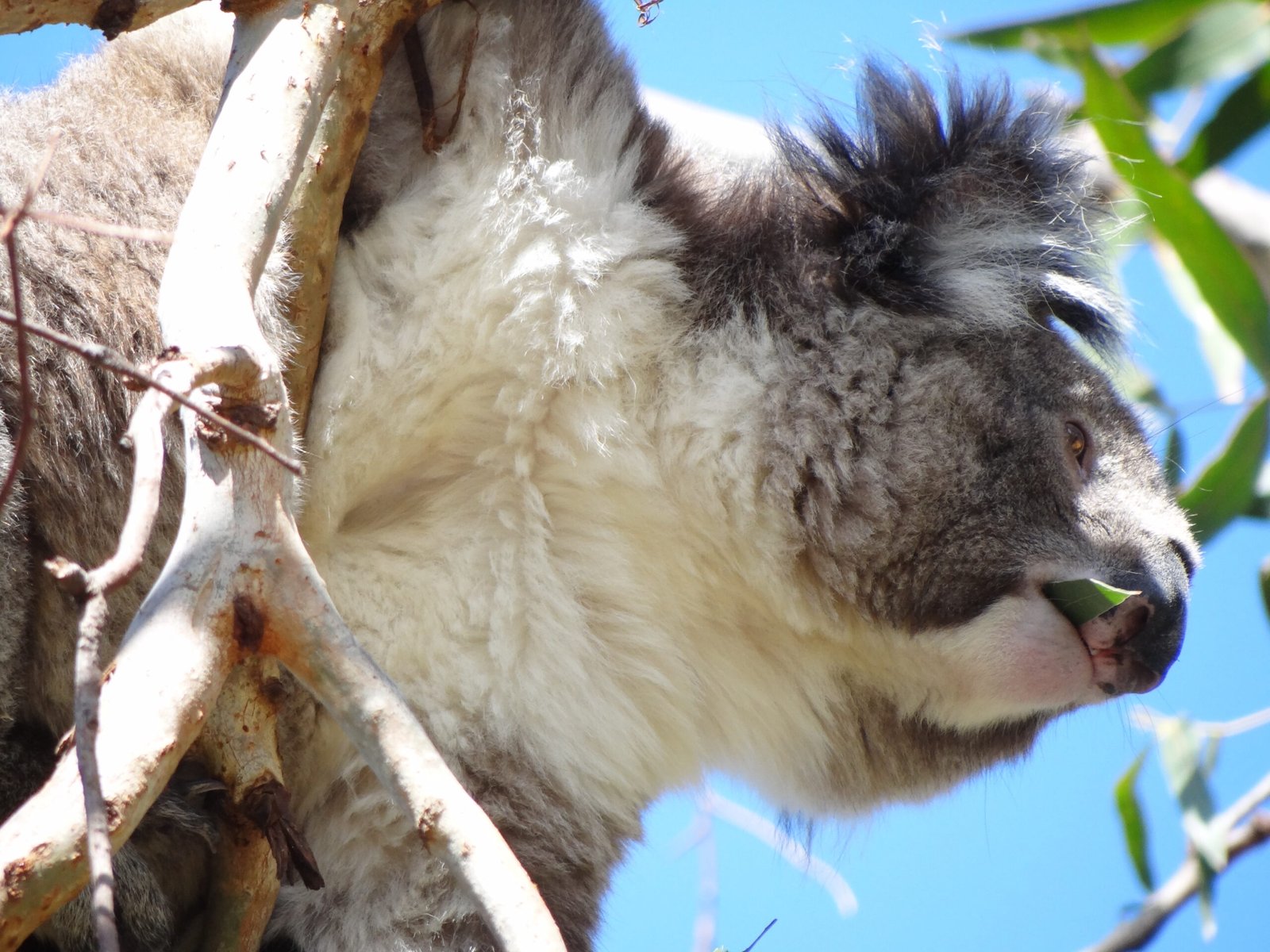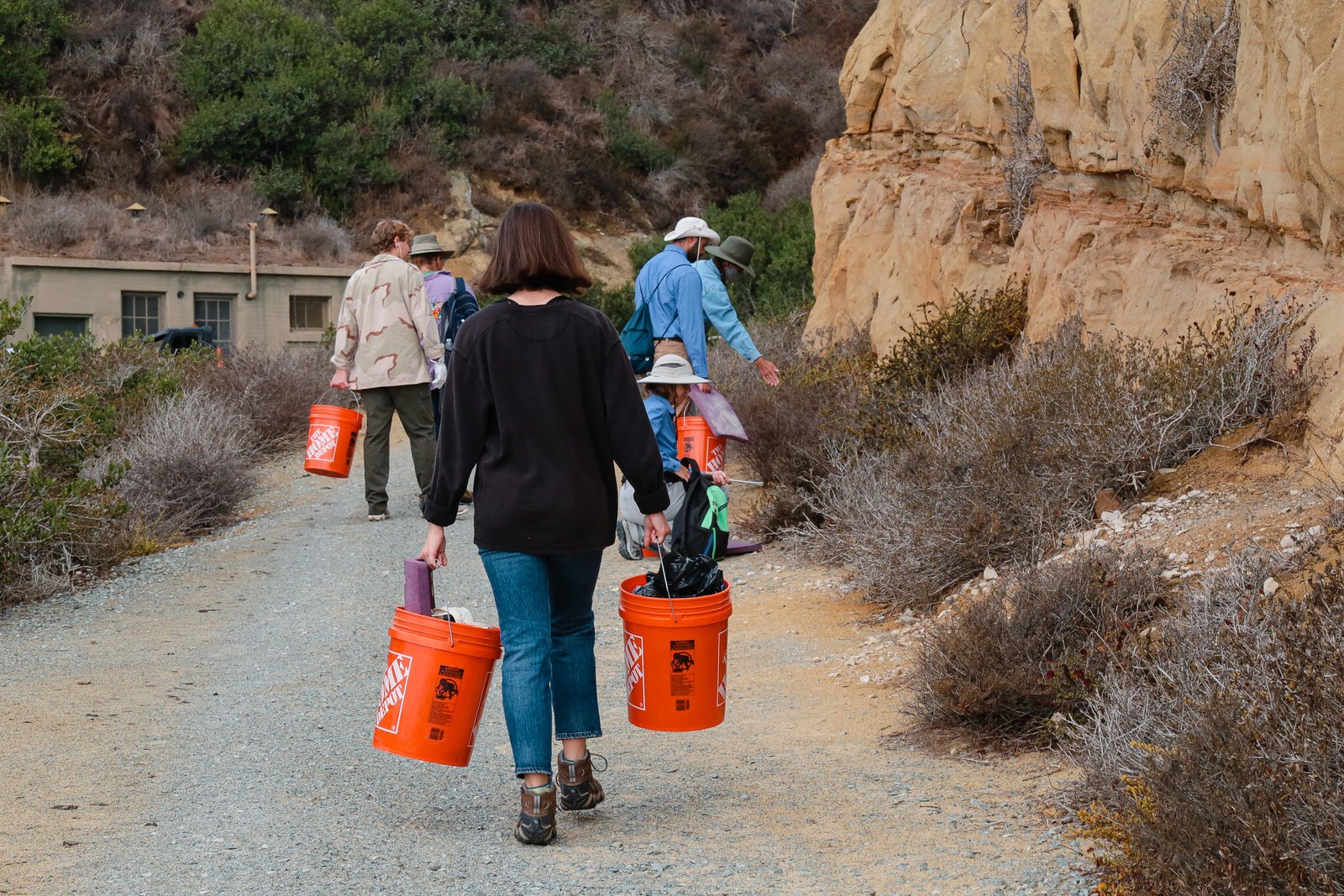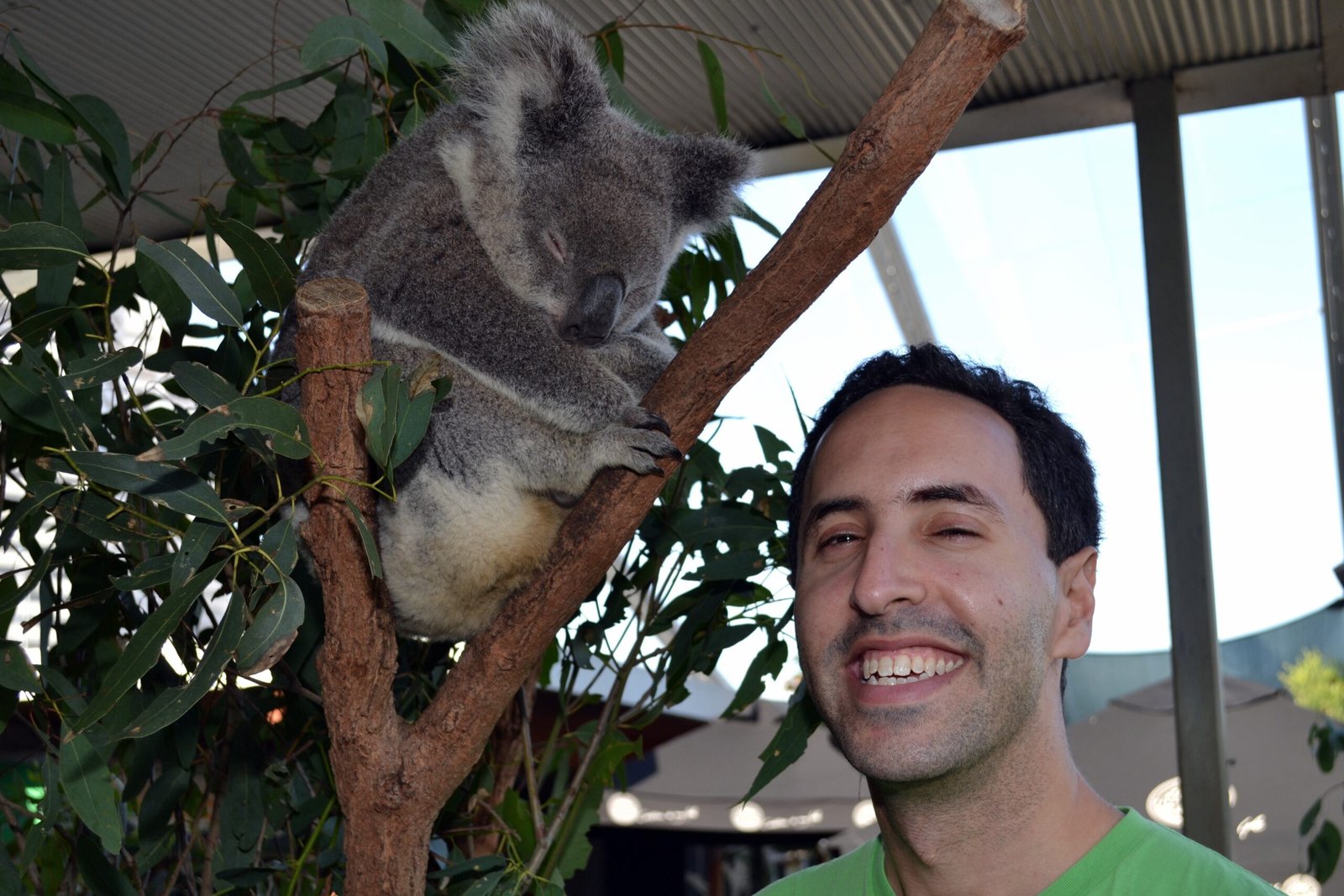Imagine a world where the gentle rustle of eucalyptus leaves is all that remains of Australia’s most beloved marsupial—the koala. Each year, International Wild Koala Day arrives as a vital reminder that the fate of these iconic, big-eared creatures hangs in the balance. But this day is not just about celebrating a cute animal. It’s about confronting urgent environmental challenges, understanding the intricate web linking koalas, their eucalyptus homes, and our changing climate, and inspiring action before it’s too late. Let’s delve into the heart of why International Wild Koala Day truly matters.
The Symbolism of the Koala: More Than Just a Cute Face
Koalas have long captured the world’s imagination with their teddy bear-like appearance and peaceful demeanor. But their symbolism goes much deeper than cuteness. To many Australians, the koala represents resilience, adaptation, and a deep connection to the land. Their presence in local stories, art, and even as a tourism icon underscores their national significance. When people rally for koalas, they are also championing the protection of wild places and the delicate balance of nature. The emotional pull of koalas can spark empathy and action in people who might otherwise overlook environmental issues. By celebrating this animal, we tap into a powerful narrative about caring for our planet.
Eucalyptus Forests: The Irreplaceable Koala Habitat

The relationship between koalas and eucalyptus forests is nothing short of extraordinary. Koalas depend almost entirely on eucalyptus trees for both food and shelter, choosing specific species out of hundreds available. These forests are like bustling apartment complexes, providing not only a home but also a complex buffet. Yet, as urban sprawl and agriculture expand, these habitats are shrinking at an alarming rate. Without vast, healthy eucalyptus woodlands, koalas simply cannot survive. Protecting and restoring these forests isn’t just about the trees—it’s about safeguarding an entire ecosystem where countless other species thrive alongside koalas.
Climate Change: A New Threat to Koala Survival
While habitat loss has long been a problem, climate change now poses an even more insidious threat to koalas. Rising temperatures can stress eucalyptus trees, reducing the nutritional quality of their leaves and even changing their chemical makeup. Koalas, which rely on specific leaf nutrients, may struggle to get enough water and energy, especially during heatwaves and droughts. These climate extremes can also bring more frequent bushfires, further decimating koala populations and their habitats. The challenges are mounting, and scientists warn that without urgent action, koalas could vanish from the wild in some parts of Australia within our lifetime.
Koalas as Ecosystem Engineers
It’s easy to overlook the broader ecological impact of koalas, but these marsupials are true ecosystem engineers. By feeding on eucalyptus leaves and moving from tree to tree, koalas help maintain the health and diversity of forests. Their selective browsing can influence which trees grow, which in turn affects the animals and insects that rely on those trees. Even their droppings contribute nutrients to the forest floor, supporting soil health. The loss of koalas would send ripples through the entire ecosystem, disrupting the delicate balance that sustains so many forms of life.
The Shocking Decline: Numbers That Demand Attention
The statistics surrounding wild koala populations are nothing short of heartbreaking. In some regions, populations have plummeted by more than 50% in just two decades. Road accidents, dog attacks, disease—such as chlamydia—and habitat loss are relentless pressures. The catastrophic bushfires of recent years have wiped out thousands more, leaving survivors in fragmented and degraded environments. These numbers are not just data points; they are urgent calls for help. Each lost koala represents a step closer to a silent forest and a broken promise to future generations.
Community Conservation: How Local Actions Add Up

One of the most inspiring aspects of International Wild Koala Day is the groundswell of community action it sparks. Across Australia, volunteers plant trees, restore habitats, and monitor koala populations with unwavering passion. Schools, local councils, and Indigenous groups often lead these efforts, blending traditional knowledge with modern science. Simple acts—like creating wildlife corridors or reducing roadside speed limits—have saved countless koalas from harm. These grassroots initiatives prove that, even in the face of daunting odds, collective action can make a difference.
Science in Action: Research That Drives Solutions
Cutting-edge research is at the heart of koala conservation. Scientists are developing new ways to track koala movements using drones, acoustic sensors, and even sniffing dogs trained to detect koala scent. Genetic studies help identify the most vulnerable populations and guide breeding programs. Some researchers are experimenting with planting more resilient eucalyptus species, better able to withstand climate change. By understanding koala health, genetics, and behavior, experts can craft conservation strategies that are both effective and adaptable to a rapidly changing world.
The Role of Indigenous Wisdom in Koala Conservation
For tens of thousands of years, Australia’s Indigenous peoples have nurtured and protected the land that koalas call home. Their deep ecological knowledge includes traditional fire management techniques, which create mosaic landscapes that benefit both people and wildlife. Many successful koala conservation projects now draw on this wisdom, working in partnership with Indigenous rangers and elders. This collaboration not only strengthens conservation outcomes but also honors the cultural heritage that is inextricably linked to the survival of koalas and their habitats.
The Economic Impact of Koala Tourism

Koalas are not just ecological treasures—they are also economic powerhouses. Every year, thousands of tourists flock to Australia, hoping for a glimpse of a wild koala. This interest supports local economies, creating jobs in eco-tourism, hospitality, and conservation. However, the loss of wild koalas could mean a sharp decline in tourism revenue, hitting small communities hardest. Protecting koalas isn’t only a moral imperative; it’s also a sound investment in Australia’s future prosperity.
How You Can Make a Difference

International Wild Koala Day is a call to action for everyone, no matter where you live. Supporting koala-friendly products, donating to reputable conservation organizations, or simply spreading awareness can help turn the tide. Even small changes, like reducing single-use plastics or supporting reforestation projects, contribute to healthier ecosystems. Advocacy matters too—encouraging policymakers to prioritize habitat protection and climate action sends a powerful message. Every individual effort, when multiplied across communities and countries, can help secure a future where koalas still roam wild.
Looking Forward: Hope for the Wild Koala

Despite the many challenges koalas face, hope is not lost. Recent years have seen renewed commitment from governments, scientists, and communities alike. New protected areas, stronger wildlife laws, and innovative research are turning the tide in some regions. The resilience of both koalas and the people fighting for their survival is nothing short of inspiring. As we mark International Wild Koala Day, we’re reminded that the fate of these gentle creatures rests in our hands. Will we rise to the challenge and ensure their survival for generations to come?




